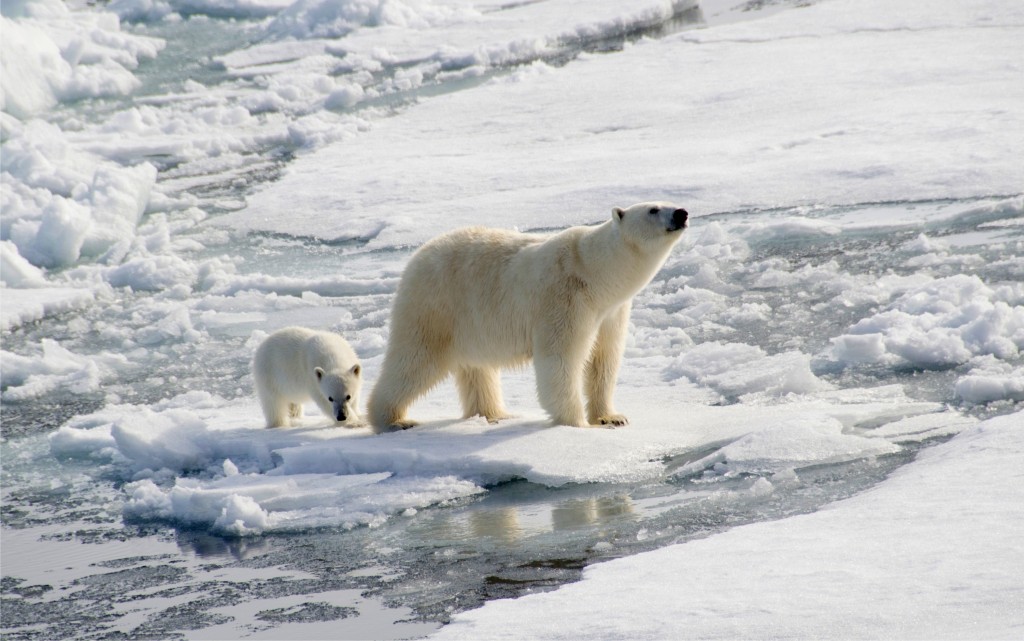by M.O. Jonas, 2022, WorldJ.Adv.ResReviews
Review Article
World Journal of Advanced Research and Reviews, 2022, 13(03), 388–392Article DOI: 10.30574/wjarr.2022.13.3.0259Publication history:Received on 18 February 2022; revised on 20 March 2022; accepted on 22 March 2022Abstract:The “100,000-year problem” refers to an apparent unexplained change in the frequency of inter-glacial periods which occurred about a million years ago. Before that, inter-glacial periods seemed to occur about every 41,000 years, in line with the obliquity Milankovich cycle. But after that, they seemed to occur about every 100,000 years, in line with the orbital inclination Milankovich cycle. Examination of the data shows that there never was a 41,000-year cycle, and that there is no 100,000-year cycle, but that the most influential cycle is the approx 21,000-year precession cycle which is the major factor in the cycles of insolation at higher latitudes. Insolation at 65N is generally regarded as the most significant of these. Inspection of the data shows that every glacial termination (start of an inter-glacial period) began at a time when insolation at 65N increased from a low point in its cycle. That not every such cycle triggered a new inter-glacial period underlines the chaotic non-linear nature of Earth’s climate. Until about a million years ago, this cycle occasionally “missed a beat”, making the inter-glacial frequency average about 41,000 years. After that, the cycle started missing more “beats”, making the inter-glacial frequency average about 100,000 years. There never was an actual 41,000-year or 100,000-year inter-glacial cycle.
Keywords:
Climate; Glacial Termination; Inter-Glacial; Milankovich Cycle; Non-Linear; Precession
Full text article in PDF:







